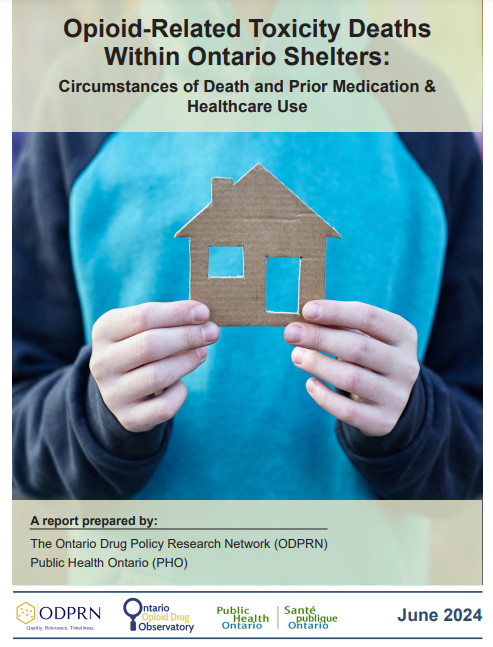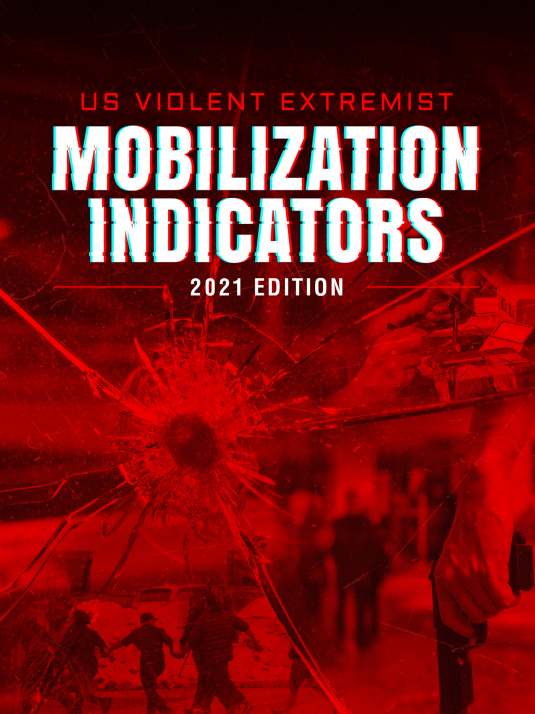By Virginia Comolli | Martin Thorley
Pacific island countries (PICs) and territories increasingly play host to transnational criminal activities, with direct and indirect implications for Pacific communities and beyond. Ignoring these issues in favour of other diplomatic priorities or economic agendas risks exacerbating local fragility and creating safe havens from which foreign criminals can operate unhindered. The cocaine, synthetic drugs and heroin trades are what draws organized criminals to the Pacific (for the most part). Traditionally, the Pacific islands have been used as transit points for narcotics originating in Asia and Latin America and destined for high-value consumer markets in Australia and New Zealand. PICs, however, are now also developing their own domestic markets. In terms of provenance, three groups stand out: Triads and Asian syndicates: Compared to the other organized crime groups active in the Pacific, Asian syndicates have a wider portfolio of activities, which straddle the licit and illicit. In fact, alongside their engagement in drugs and human trafficking, cyber scams and various financial crimes, some Asian groups, and Chinese triads such as 14K in particular, enjoy connections with senior establishment figures, which they may be able to leverage for political influence. Central and South American cartels: Mexican and Colombian groups are key actors in the drug trade, especially cocaine and methamphetamines. The Sinaloa cartel in Mexico appears to be the most prominent in the arena, even though it lacks any permanent bases in the Pacific islands. Trafficking methods include the use of planes, yachts, bodily concealment and dropping drugs in the ocean for later retrieval. These groups are also able to rely on North American connections to facilitate illicit flows. Outlaw motorcycle gangs (OMCGs): OMCGs from Australia and New Zealand are involved in several criminal activities in the region, especially drug trafficking. They have established chapters in the Pacific islands and are able to exploit the presence of criminal deportees there to facilitate the trafficking of narcotics, as well as money laundering, extortion and other illicit activities. Minor actors: The Pacific has also attracted a diverse range of criminal actors from eastern and south-eastern Europe, the Middle East and other regions. They have been involved in various criminal activities, such as ATM scams and drug shipments. Opportunists from different countries have also collaborated with established criminal groups in the region.
Geneva, SWIT: Global Initiative Against Transnational Organized Crime , 2024. 23p.





















